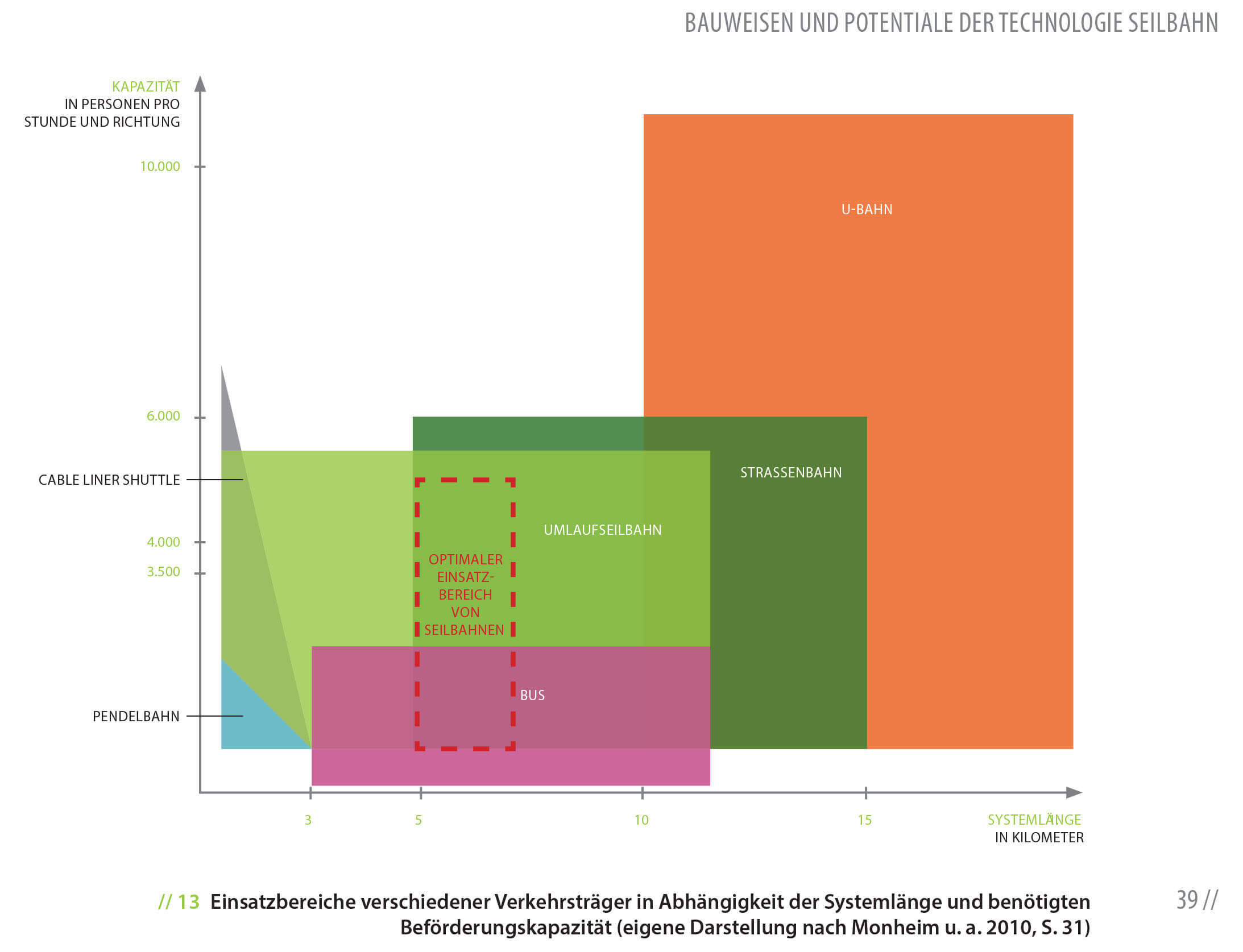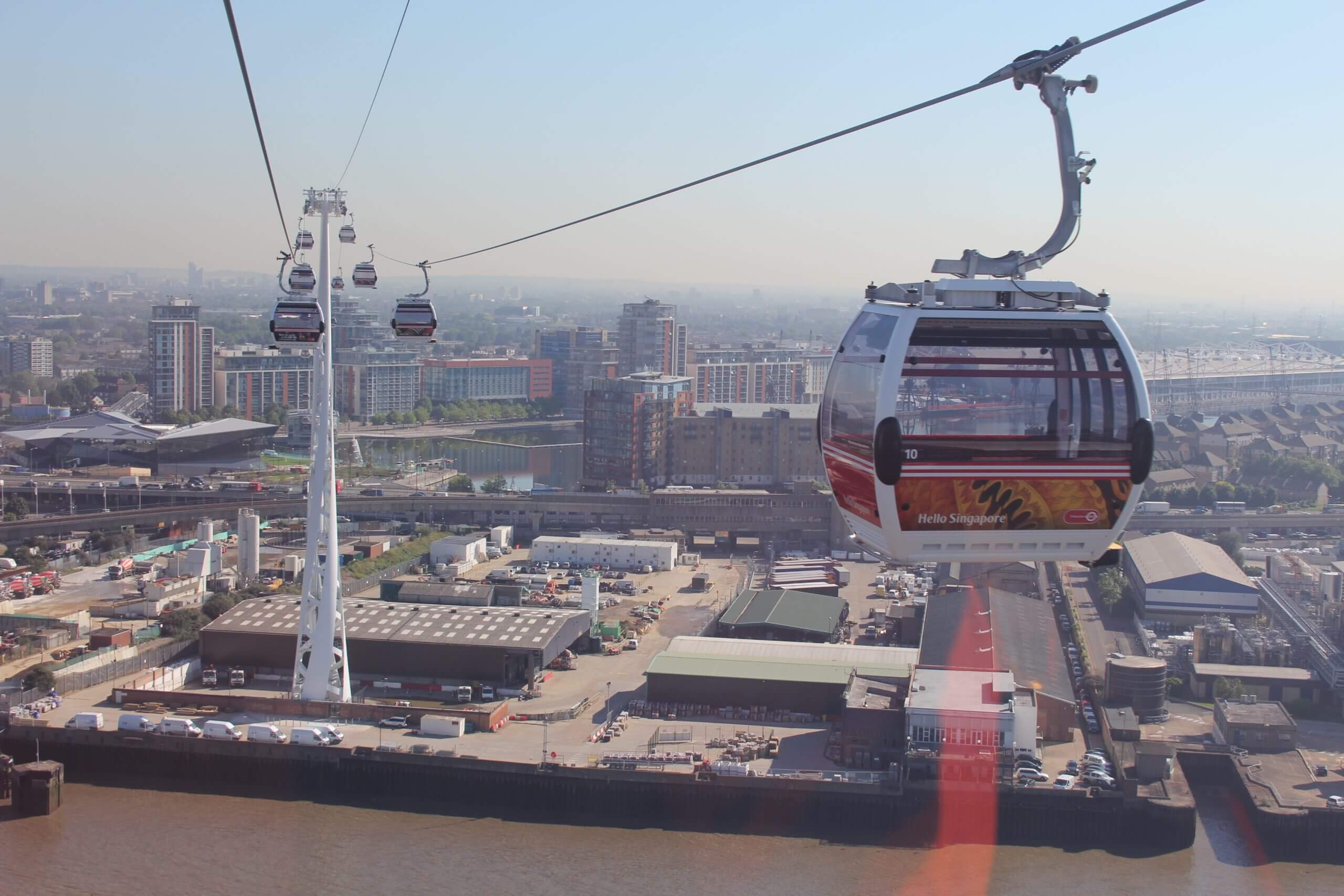Digitalisation: Are tentire countries become smart?
Much is made of smart cities but who thinks about the rural regions?
CO2 and noise: Cable cars have the best energy and eco-balance
Even with a high transport capacity, urban cable cars display low energy demand. This is demonstrated in studies by German urban planner Frieder Kremer in his book “Innovation Seilbahn” (Innovation Cable Car). The following is an extract from his publication with a few editorial amendments (TU Berlin [Berlin Institute of Technology] 2015: p. 44).
The optimal: When does a cable car make sense?
Urban cable cars are an increasingly common topic in research and science. The book “Innovation Seilbahn” (Innovation Cable Car) by Frieder Kremer is one example of this. In it, the urban and regional planner has written – among other things – about transport technology optimisation and the application possibilities of cable cars or in a nutshell: when does an urban cable car actually make sense? The following is an extract from his publication with a few editorial amendments (TU Berlin 2015: pp. 36 – 40).
Public transport: Moving more than ,,just,, people
The artist Christoph Niemann presents his theory on how to bring people from their cars to public transport.
Was kostet eine Seilbahn? Eine ökonomische Analyse
The costs of a cable car system comprise investment costs on the one hand and operating costs on the other. The total of these costs depends on the various parameters. Urban planner Frieder Kremer has collated these conditions in his book, “Innovation Seilbahn” (Innovation Cable Car). The following is an extract from his publication with a few editorial amendments (TU Berlin 2015: pp. 41 – 43).
Urban cable cars: What about european procurement law?
Discussion about whether cable cars should be used in cities as part of the change in transport to contribute to climate protection, as can already been seen in a number of cities in Latin America (e.g. La Paz) or even in Cologne in Germany, raises the question of procurement law.





